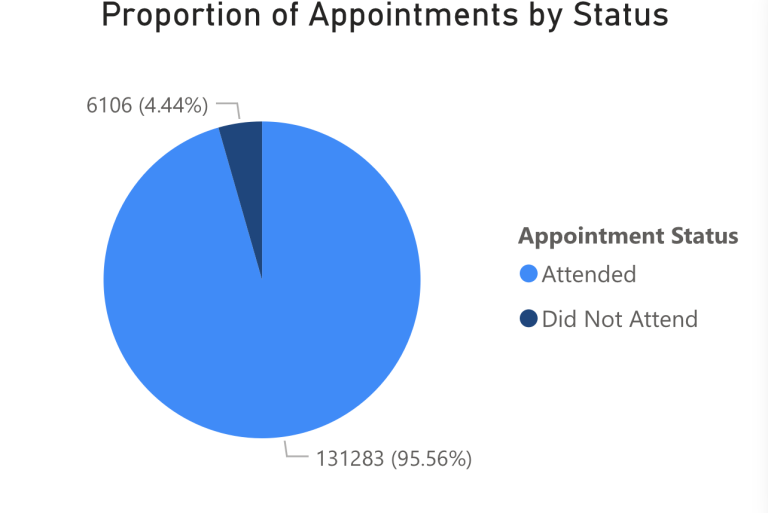Misuse of healthcare services can place strain on healthcare resources and can negatively impact patient health outcomes. People seek healthcare for a variety of reasons including preventing and diagnosing health issues, as well as obtaining health information. Many factors affect health care utilisation independently of need, some of these factors are related to biological or environmental differences such as sex, socioeconomic status, race and disability.
As of October 2022, the Gibraltar Health Authority has implemented various changes in order to improve availability of appointments, access to care and concerns regards continuity of care. These improvements included increasing GP appointments by an extra 490 available appointments per week . The data published below allows the public to understand how services are working and which are in need of improvements. An interactive version of these data dashboards can be found at GHA Digital – Gibraltar Health Authority.
GP led Primary Care Appointments
A total of 6106 scheduled GP appointments were missed in 2022 as a result of patients failing to attend appointments. This equates to over 42 days of missed appointment time.
A total of 131283 GP appointments were attended at the Primary Care Centre in 2022. The 60-69 year age group utilised the greatest proportion of GP appointments in 2022, with 16.28% of appointments booked for this age group. Increased GP visits are expected as increasing age is linked with higher prevalence of chronic health conditions and comorbidities.
Figure 1: Proportion of GP appointments attended by age, 2022.


Figure 2: Proportion of Primary Care appointments by status, 2022.
If you are unable to make your GP appointment, you can cancel the appointment by completing the below form. Thank you.
Figure 3: Number of GP led appointments by month in 2023.

Findings in the UK indicate that the winter months are particularly busy for GP appointments, peaking in March. Similar patterns can be observed in GP service use in the Primary Care Centre. In previous years, March, May and November have been the busiest months for GP appointments.
Accident and Emergency Attendance
Figure 4: Attendances of Accident and Emergency by Age group in 2023.

Data for A&E attendance shows that patients aged 10-19 and 80+ are least likely to visit A&E. Those in the 40-49 age group, closely followed by those aged 30-39 are most likely to visit A&E. Research has found that younger people are more likely to rely on acute emergency services to provide health advice when compared to other age groups (Fortuna et al., 2010).
Figure 5: Number of A&E attendances by month in 2023.

As of October 2023, the busiest months for Accident and Emergency were June and July. Research in other countries where similar trends are observed, have concluded that individuals are put at higher risk of injury during these months. This is partly due to an increase in daylight hours, outdoor related injuries and heat-related illnesses.
Figure 6: Attendances to A&E, by triage category, 2023.

In 2023, 1789 patients (7.61%) were triaged and categorised as ‘very urgent’ and 10,330 (43.92%) of patients triaged were categorised as being ‘urgent’.
9,421 (40.05%) patients were triaged and categorised as ‘standard’ and 833 (3.54%) were found to be non-urgent.

